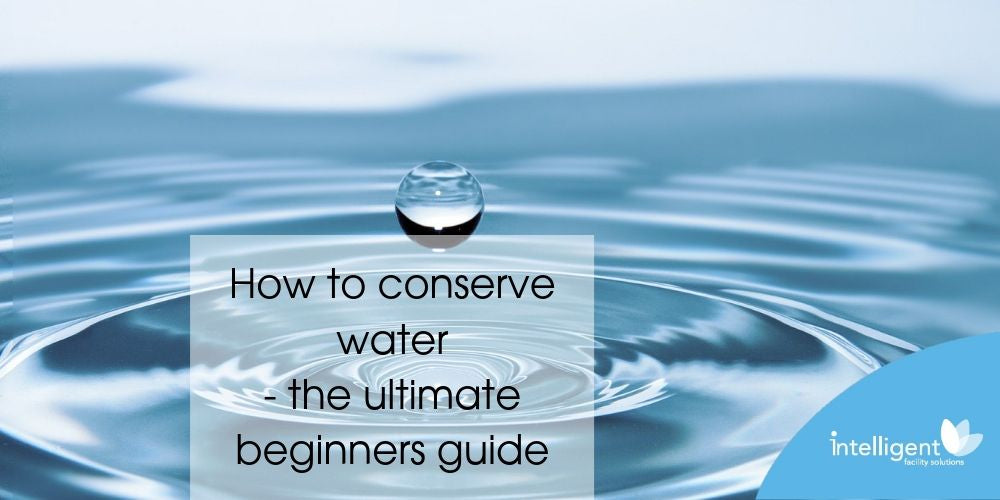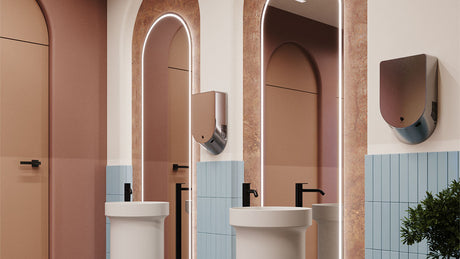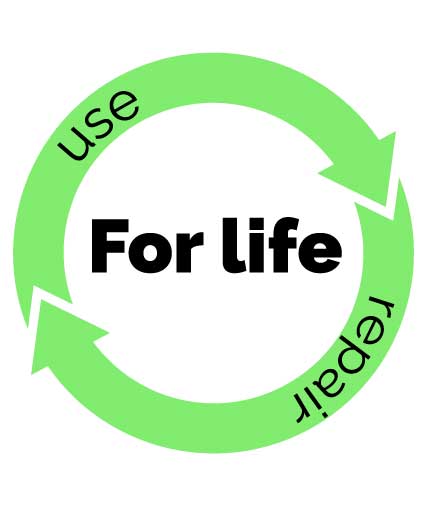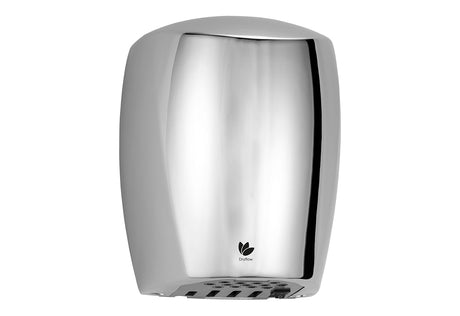Related Blog Posts
View all-

The World’s First Carbon Neutral Hand Dryer Range
With energy costs rising and sustainability targets becoming stricter, businesses are under pressure to find solutions that save money without adding to their carbon footprint. Dryflow’s carbon neutral hand dryer...
-

A Guide to Dryflow's Lifetime Guarantee
Save money with free repairs for life, lower running costs, and reduced environmental impact.
-

Review 2025 – Dryflow Aura Hand Dryer
The Dryflow Aura is one of the newest additions to the Dryflow line-up. Essentially a next-generation Turboforce, it delivers greater energy efficiency, simple plug-in installation, and advanced maintenance diagnostics for...
-

Review 2025 – Dryflow EcoForce Hand Dryer
The Dryflow Ecoforce has been a popular alternative to the PHS/World Dryer Airforce for over a decade. The compact size and attractive shape have aged very well, but how does...





